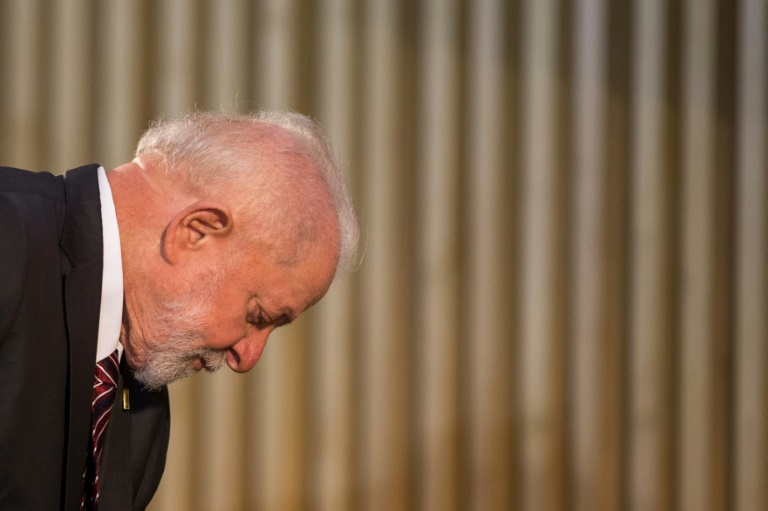Brazil cuts interest rate another half-point

Brazilian President Luiz Inacio Lula da Silva wants a key interest rate to go down further, faster
Brasília – Brazil’s central bank cut its key interest rate by half a point for the fourth straight time Wednesday, continuing the easing President Luiz Inacio Lula da Silva hopes will spur Latin America’s biggest economy.
In line with analyst forecasts, the bank’s monetary policy committee said its members had voted unanimously to lower the benchmark Selic rate to 11.75 percent in their final meeting of the year.
“The committee’s members unanimously expect reductions of the same magnitude in their coming meetings, and see that as the appropriate pace to maintain disinflation,” the committee said in a statement.
Brazil’s annual inflation rate fell to 4.68 percent in November, returning within the central bank’s current target range of 1.75 to 4.75 percent.
Analysts had said that made it all but certain the bank would keep up the cycle of steady interest rate cuts it began in August, which ended a hawkish cycle of inflation-fighting moves.
Haunted by a history of hyperinflation, Brazil had gone on one of the most aggressive monetary tightening cycles in the world when the Covid-19 pandemic and then Russia’s invasion of Ukraine sent global prices on an upward spiral in early 2021.
Brazil, which had the world’s highest real interest rate — subtracting inflation — before the current easing cycle began, now has the second-highest, after Mexico, according to financial site MoneYou.
Veteran leftist Lula has pushed hard for interest rate cuts, saying a high Selic is “irrational” and stunting Brazil’s growth.
He renewed the call Tuesday, saying he hoped to “touch the heart” of central bank chief Roberto Campos Neto, calling for monetary policy to help further his government’s poverty-fighting agenda.
The central bank also faces pressure from industry.
The National Confederation of Industry (CNI) said in a statement the latest rate cut was “excessively conservative, damaging economic activity.”
“More aggressive monetary policy is possible and necessary to bring down the cost of credit for businesses and consumers,” CNI president Ricardo Alban said in a statement.
– Rate week –
The decision came the same day the US Federal Reserve voted to hold interest rates at a 22-year high for a third straight meeting, signaling it expected to start making cuts next year.
The European Central Bank, Bank of England and other key central banks are also set to announce interest rate decisions this week, with markets closely watching when the shift toward rate cuts will start gathering momentum in developed economies.
Brazil’s economy has outperformed expectations since Lula returned to office for a third term in January.
However, economic growth remains far from the commodities-fueled boom Lula presided over in the 2000s.
Gross domestic product growth slowed to 0.1 percent in the third quarter, and Lula caused market jitters recently when he moved to change the government’s target of bringing the fiscal deficit to zero next year.
Analysts polled by the central bank predicted this week Brazil’s economy would grow 2.92 percent this year and a more modest 1.51 percent next.
